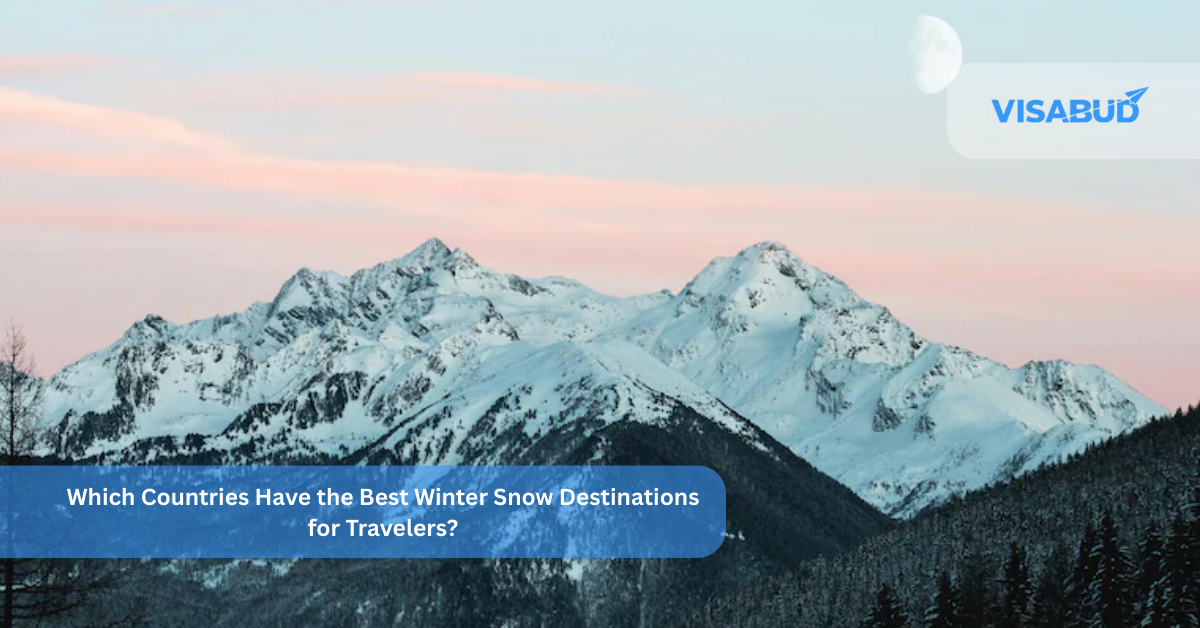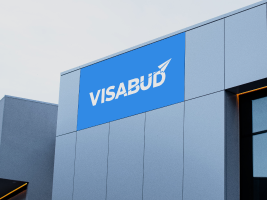American Samoa Travel Guide: All you need to know to visit American Samoa in 2025
Welcome to American Samoa
America Samoa
American Samoa is a U.S. territory in the South Pacific Ocean, one of the world’s most remote island groups. It is known for its stunning beaches, coral reefs, and tropical rainforests. The official languages of American Samoa are English and Samoan. The local currency is the U.S. dollar, and the time zone is UTC-11.
Location: American Samoa is in the South Pacific Ocean, east of the International Date Line and north of Tonga. The group of islands comprises five main islands and two coral atolls, covering a total land area of approximately 77 square miles.
History: American Samoa has a rich history dating back to ancient times. In the 19th century, the islands were visited by European explorers and missionaries, and in 1900 they were formally annexed by the United States as part of a treaty with the Kingdom of Samoa. American Samoa became an unincorporated territory of the United States, meaning that it is under the federal government’s jurisdiction but not a part of the United States.
During World War II, American Samoa served as a military base for the United States. After the war, the islands experienced significant economic growth due to the expansion of tuna fishing and canning industries. American Samoa remains a U.S. territory governed by an elected governor and legislature.
Population: The population of American Samoa is approximately 55,000. The majority of the population is Samoan, with small populations of Tongan and other Pacific Islander groups.
Government: American Samoa is an unincorporated territory of the United States, meaning it is governed by the United States but is not part of any state. The government of American Samoa is a parliamentary democracy, with a governor as the head of government and a legislature consisting of a House of Representatives and a Senate.
Economy: The economy of American Samoa is heavily dependent on the tuna fishing and canning industry, which accounts for a significant portion of the territory’s GDP and employs a large portion of the population. The government, the military, and some light manufacturing also support the economy.
American Samoa has faced economic challenges in recent years due to changes in the global tuna industry and competition from other Pacific Island nations. The territory also needs more economic diversification and geographic isolation, which increases the cost of imports and limits its ability to attract foreign investment.
Culture: American Samoan culture uniquely blends various Polynesian influences, strongly emphasizing family and community. The territory is known for its traditional music, dance, and cuisine, which features dishes such as palusami (a dish made from taro leaves and coconut cream) and panipopo (a sweet bread topped with coconut cream).
Tourism: American Samoa has many tourist attractions, including beautiful beaches, coral reefs, and scenic hikes. Visitors should start by exploring the National Park of American Samoa, which is spread over three islands and offers hiking trails, beaches, and coral reefs to discover. The Pago Pago Harbor is another must-visit site, as it is one of the largest natural harbors in the world and offers spectacular views of the surrounding mountains and coastline. For those interested in the local culture, the Jean P. Haydon Museum in Pago Pago offers a fascinating look at the history and customs of American Samoa. Finally, visitors should explore some of the many beautiful beaches and scenic spots around the islands, such as the stunning Ofu Beach, known for its turquoise waters and pristine coral reefs.
Environment: American Samoa is home to a diverse range of ecosystems, including tropical rainforests, coral reefs, and mangrove swamps. The territory has tried to preserve its natural beauty with initiatives such as the Fagatele Bay National Marine Sanctuary and the National Park of American Samoa.
Related Articles

5 min read
Which Countries Have the Best Winter Snow Destinations for Travelers?
Winter is a magical season for travelers who love snow, cozy cabins, and breathtaking landscapes. The cold season brings sparkling white mountains, frozen lakes, and opportunities for skiing, snowboarding, and
Read More
5 min read
Why Do Schengen Visa Applications Get Denied and How Can You Avoid It?
Applying for a Schengen visa is exciting for many people who dream of exploring Europe’s stunning cities, art, culture, and scenic places. But for many applicants, the process turns stressful
Read More
5 min read
How Has Libya’s Ancient History Shaped Its Modern Culture and Daily Life?
Libya is a country in North Africa with a very long history. Many people know Libya today for its oil and desert landscape, but fewer people realize that it has
Read MoreYes, most foreign nationals require a visa to enter American Samoa. However, citizens of certain countries, including the United States and many Pacific Island nations, may be exempt from the visa requirement.
No, American Samoa has its own immigration rules and regulations, which are separate from those of the United States. While American Samoa is an unincorporated territory of the United States, it has its immigration laws and regulations. Therefore, a visa to enter the United States does not automatically grant entry to American Samoa and vice versa.
No, a valid U.S. visa does not automatically grant you entry to American Samoa. American Samoa has its immigration laws and regulations, and you may need to obtain a separate visa or entry permit to travel there.
Visa valid for 30 days.
No, the Visa is not extendable. It’s only valid for 30 days.
Visa fee of US$40 but a waiver for under five years.
To obtain a U.S. visa, applicants must meet specific eligibility criteria, including:
- Having a valid passport
- Demonstrating the intention to return to their home country after the visit
- Providing evidence of financial support
- Meeting health and character requirements
- Not having a criminal record or immigration violations
- Meeting the specific requirements of the visa category they are applying for.
No, Indians must have Visa before their travel to American Samoa, and Visa on arrival is not available for them.
Yes, in most cases, you must apply for the American Samoa Visa in person. You must provide biometric data, such as fingerprints and a digital photograph, as part of the visa application process. Additionally, you may be required to attend an interview.
Basic Requirements to visit American Samoa
- Valid passport of at least six months validity
- American Samoa visa
- Travel Insurance
- Proof of accommodation
- Return ticket
- Respectful behavior and adherence to laws.
American Samoa travel checklist
- Valid passport
- Flight tickets
- Travel Insurance
- Accommodation booking confirmation
- Supporting documents
- Emergency contact information
- Foreign currency
- Travel itinerary
